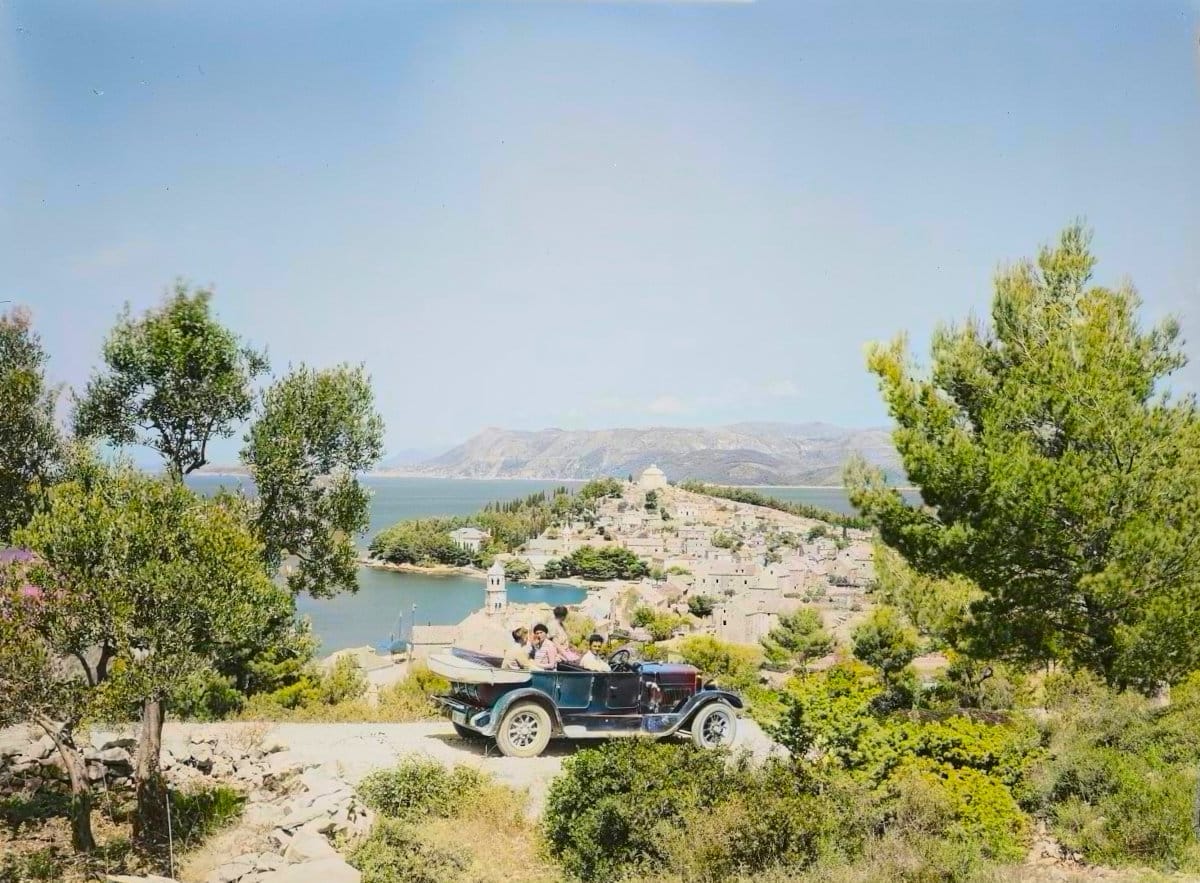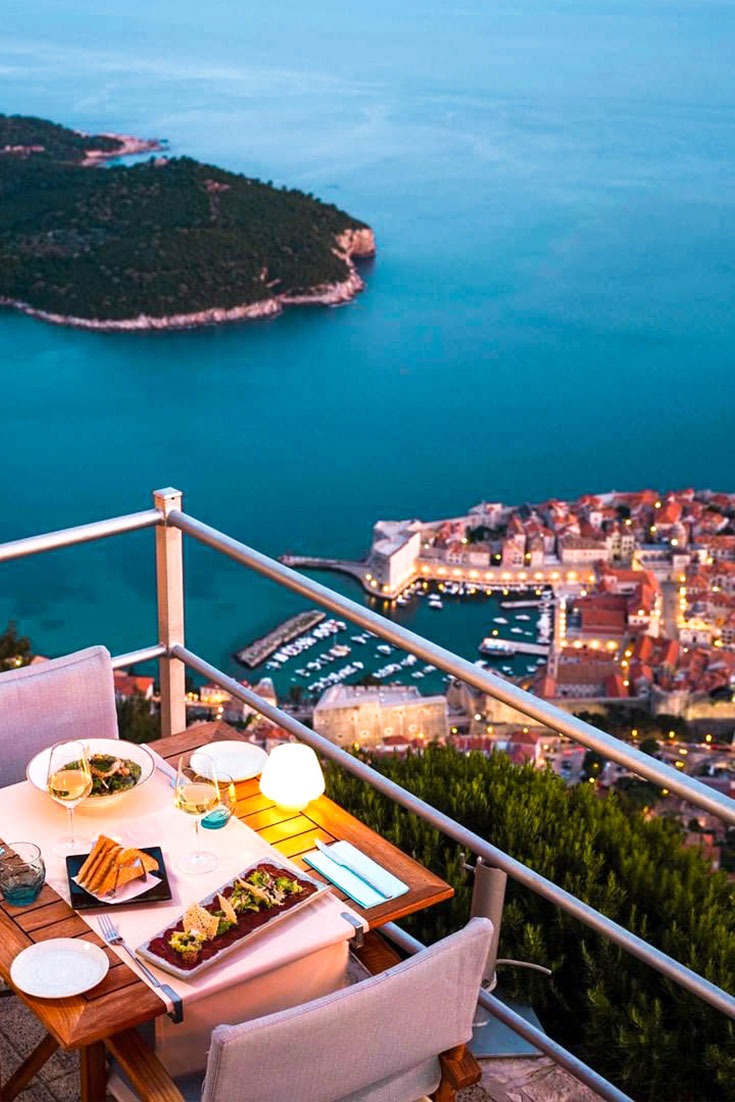From the Illyrians to the Greeks and Romans, Cavtat has been shaped by various cultures and civilizations. Looking into a history of a city like Cavtat helps its visitors understand how and why it became a desirable travel destination.
In this article, we'll delve into the history of Cavtat and mention the people that left ancient ruins and landmarks that you can visit today, giving you a glimpse of the city's past and present.
What is the early history of Cavtat?
The early records of Cavtat are not well documented. It is mentioned once every few centuries. The first mention of a settlement where Cavtat is today was 40 BC in De Bello Alexandrino XIV, a work by Aulus Hirtius, a Roman consul and writer.
Who founded Cavtat?
Hirtius commented on how the settlement where today's Cavtat is, was first founded as a Greek settlement Epidaurus (later called Epidaurum), in the 6th century BC. Local Illyrians inhabited the region surrounding the Greek Epidaurus. They called Epidaurus—Zaptal.
De Bello Alexandrino XIV describes the events of The Alexandrian war. It was a phase of Rome's civil war in which Julius Caesar and his enemy Pompey took part in a dynastic conflict in Egypt.
Epidaurum was in Illyricum. What was Illyricum? Illyricum was the Roman province that spanned the east coast of the Adriatic and up into the mountains. The territory came to be called Dalmatia. The Roman governors of the Illyricum province consistently supported Caesar, but the Illyrian natives sided with Pompey.
The source mentions that Marcus Octavius, a pro-Pompeian military commander, laid siege to this Caesarian stronghold of Epidaurum. Caesar instructed Publius Vatinius, commander in charge of Brundisium, to set sail with a fleet of ships out to engage Octavius. Eventually, Vatinius forced Octavius to abandon his siege of Epidaurus.
When did Cavtat become Roman?
Epidaurus was renamed to Epidaurum in 228 BC, when it became a predominantly Roman colony during the reign of Augustus and developed into a maritime and trading center. The Roman Cavtat had an amphitheater and buildings that adorned the most urban Roman centers of that time.
Epidaurum was mentioned in the geography works of Pliny the Elder Natural History 1-11 in 77AD, and Ptolemaeus, Geography (II-VI) in 150AD.
The city was named in historical documents once more, stating the war fleet that Byzantine Emperor Justinian sent against the Ostrogoths during the Gothic War (535–555) docked at the city.
Epidaurum is also mentioned late ancient period by documents from the First Council of Salona in 530 when the bishop from Epidaurum attended the church council.
In about 615, Epidaurum outpost was destroyed by invading Avar and Slav people. The fleeing Roman population founded a new settlement, Ragusium, at the foot of the Srđ hill. The world-famous city of Dubrovnik was born from this nucleus.
Are there Roman remains in Cavtat today?
Remnants of the centuriation of Epidaurum can still be seen today. Centuriation is the name of Roman process of urban planning. The ancient Epidaurus settlement progressed towards the southern and southwestern regions of the Rat peninsula.
When you visit the the western edge of the peninsula, you can spot the walls of a villa with the surface area adorned with ancient tiles. These stones are also found in the neighboring gardens.
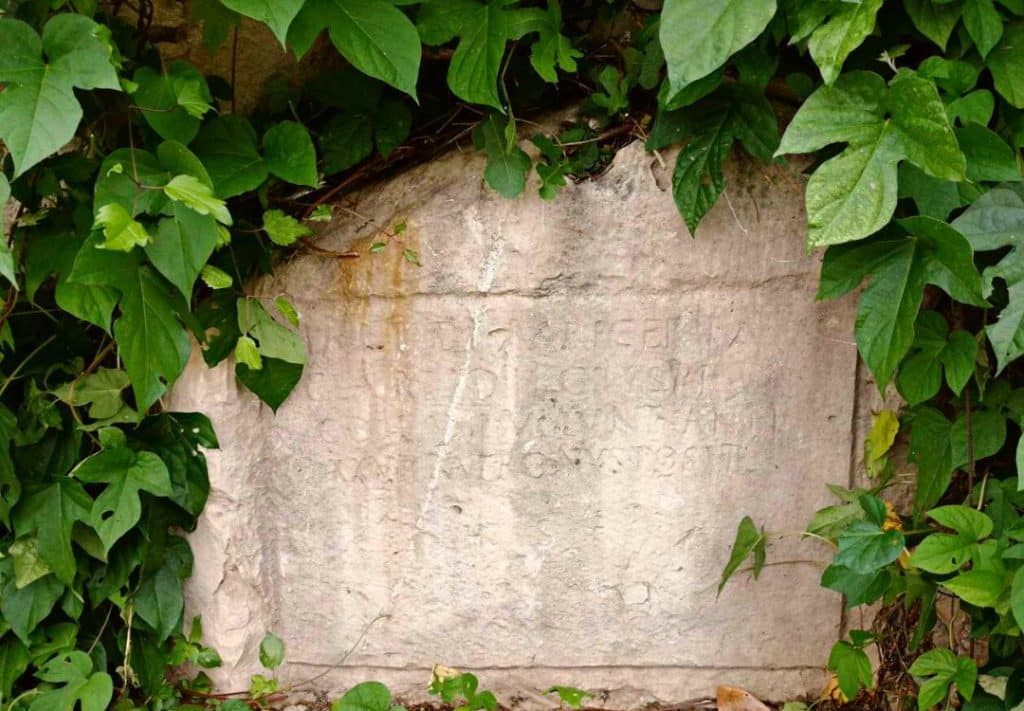
Travelers to Cavtat interested in its history can find several Roman inscriptions scattered across the village. One of which is the sepulchre of P. Cornelius Dolabella, who was the consul under Augustus and governor of Illyricum,
The Cavtat Franciscan Monastery has evidence of baths. Towards the northwest, the necropolis extended up to Tiha bay towards Obod, where a dilapidated aqueduct tower is visible.
What happened in Cavtat in the Middle Ages?
Until XIII. century, the area of Cavtat remained uninhabited, and at that time, the settlement Civitas vetus was mentioned on the site of the old Epidaurus (hence the current name Cavtat).
Cavtat was re-established in the Middle Ages. It got its current shape during the Republic of Dubrovnik, which rebuilt it according to its urban plans.
Ragussa Vecchia, the Italian name of Cavtat, is an onomastic connection with Dubrovnik. From the Middle Ages until the 19th century, the name appears in several versions: Civitas antiqua, Urbs vetus, Civitas vetus, Città Vecchia.
All of the name variations point to the close ties between the old and new cities, as well as their historical and identity continuity. Humanists from Dubrovnik will often intertwine the names of Epidaurus(Cavtat) and Ragusia(Dubrovnik).
So much so that the writer Palladius Fusco (1450 – 1520) had to emphasize in his work Description of the Illyrian Coast the differences.
About 40 stadia from Dubrovnik are the remains of the Epidaurus colony. It is, therefore, necessary to correct the mistake of many who say that the former Epidaurus is now called Dubrovnik. As was said, there is a distance of 40 stadia between them.
Palladius Fusco
From the middle of XIII. century until 1391, Cavtat belonged to the Republic of Dubrovnik (in 1302, briefly under Serbian rule), and then it was under the control of the Bosnian ruler Pavlović.
Cavtat came under Dubrovnik rule again in 1427 and, with the surrounding area of Konavle, was organized as a principality (comitatus); it was managed by a prince (comes), who ruled in Sveti Martin near Pridvorje and in Cavtat (until 1667).
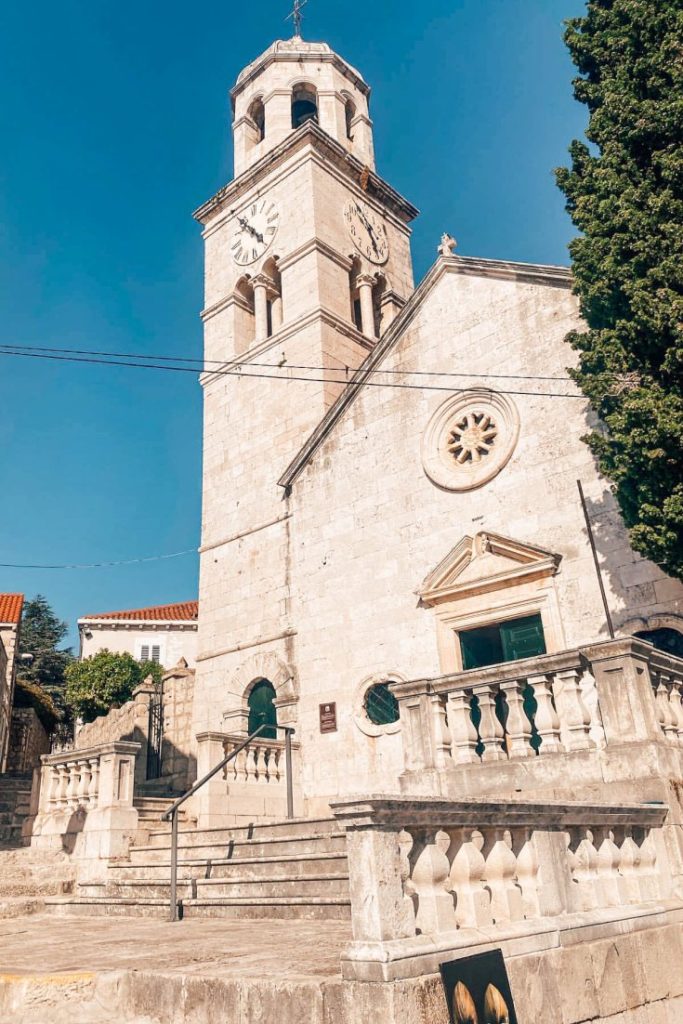
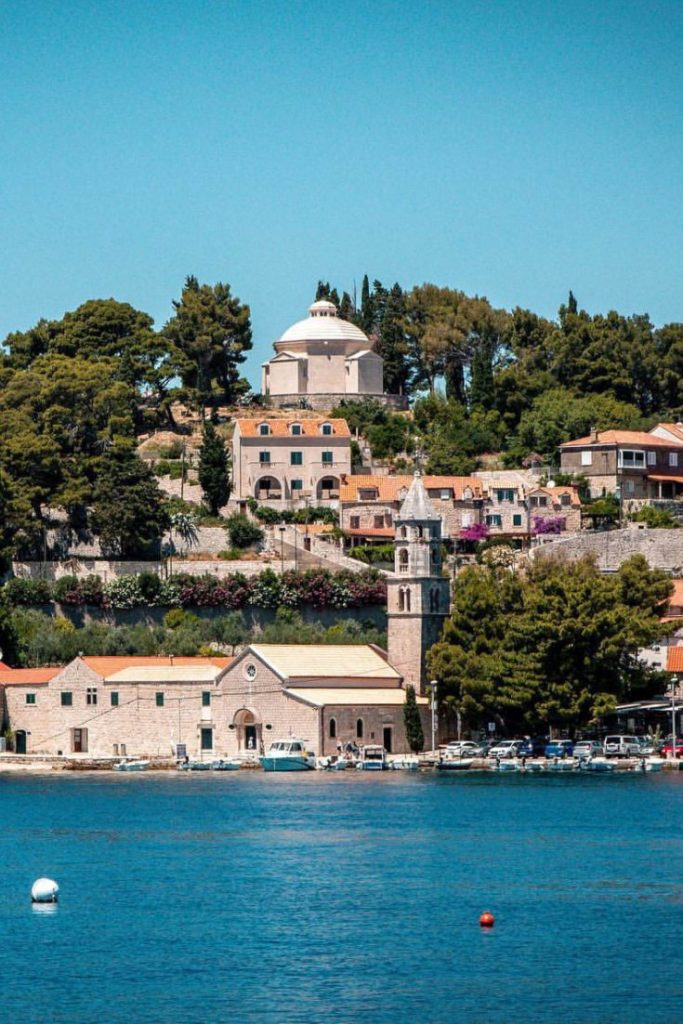
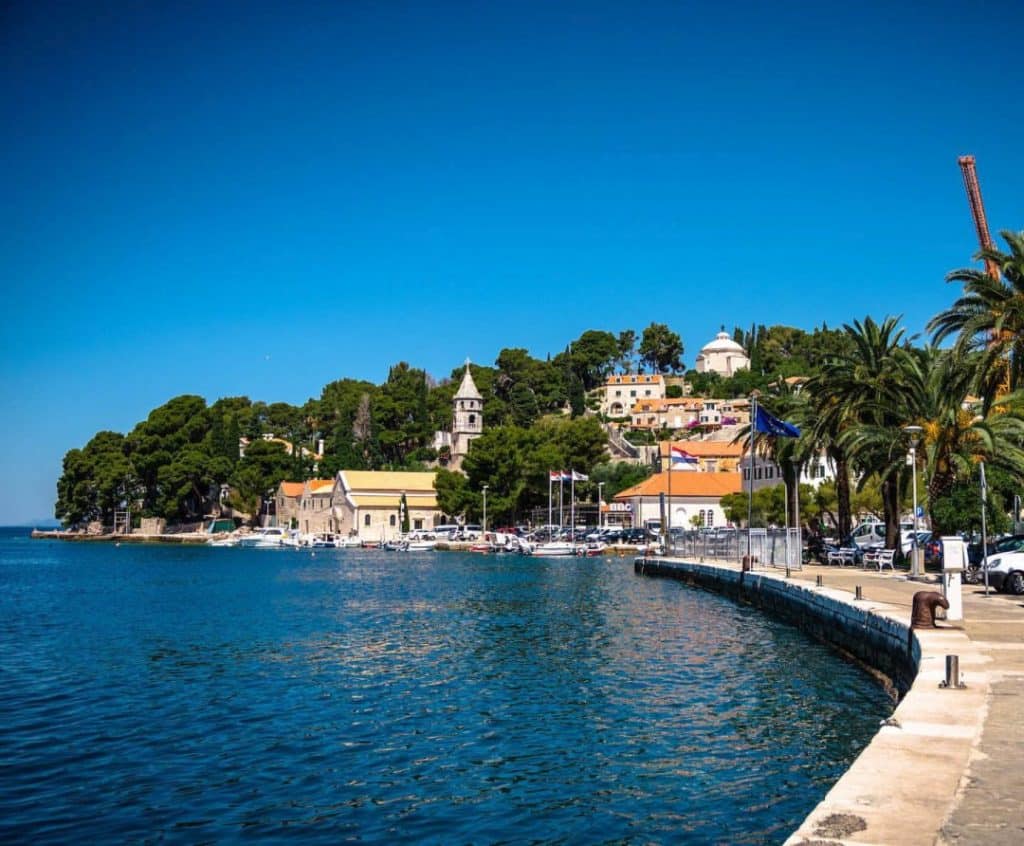
To successfully defend the territory, a captain sat at the table with the rector in Cavtat, and beside him, the rector and two vice-rectors whose main duty was to collect state revenues. Until 1526, Cavtat had a shipyard whose importance began to decline after the construction of a privileged shipyard in Dubrovnik’s Gruž.
After the fall of the Republic of Dubrovnik in 1806, it remained a local trading center and port for Konavle.
Visitors can tour many historic locales from the era of Dubrovnik Republic.
- Rectors Palace
- Saint Nicholas church
- Church Our Lady of Snows
- Franciscan Monastery
- City fortifications
Most historic buildings constructed in the time of the Ragusa Republic were designed predominately in the Renaissance style, with traces of the Gothic style.
After the fall of Republic of Ragusa in 1806, Cavtat shared the same fate with Dubrovnik. It was part of the Napoleon's French Empire for a brief time. Afterwards Cavtat was in the Austrian-Hungarian Empire until it also fell in 1918.
Following the end of WW1 it was in Yugoslavia in the period 1918–1991.
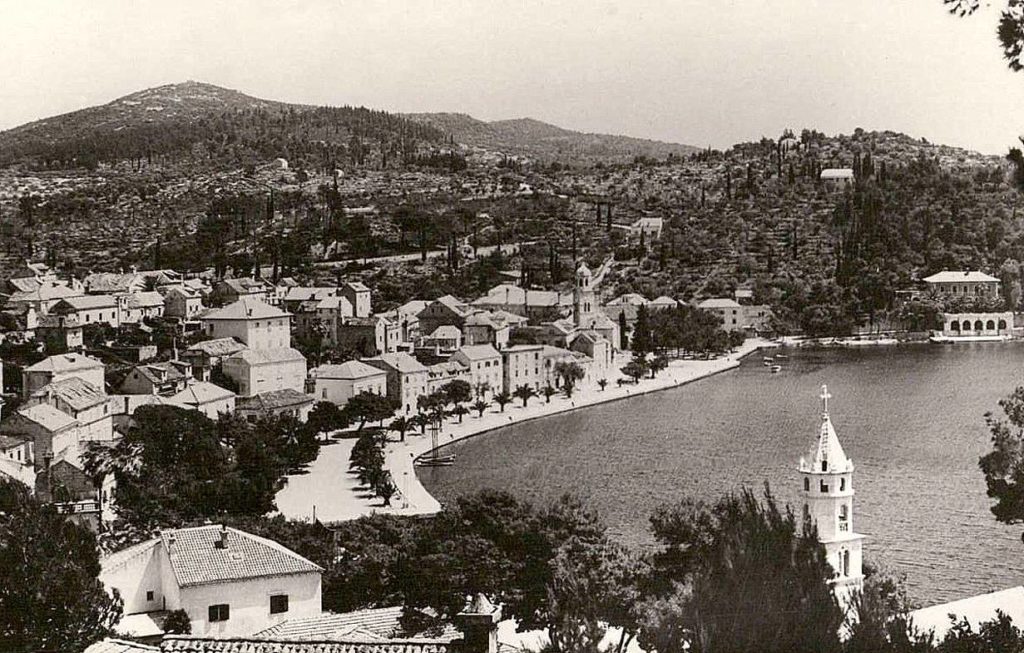
Hopefully this overview of Cavtat's chronicles helps you appreciate this village a bit more. It is not only quiant and charming place to visit and relax at, but is also filled with interesting cultural stories and legends of olden days.
